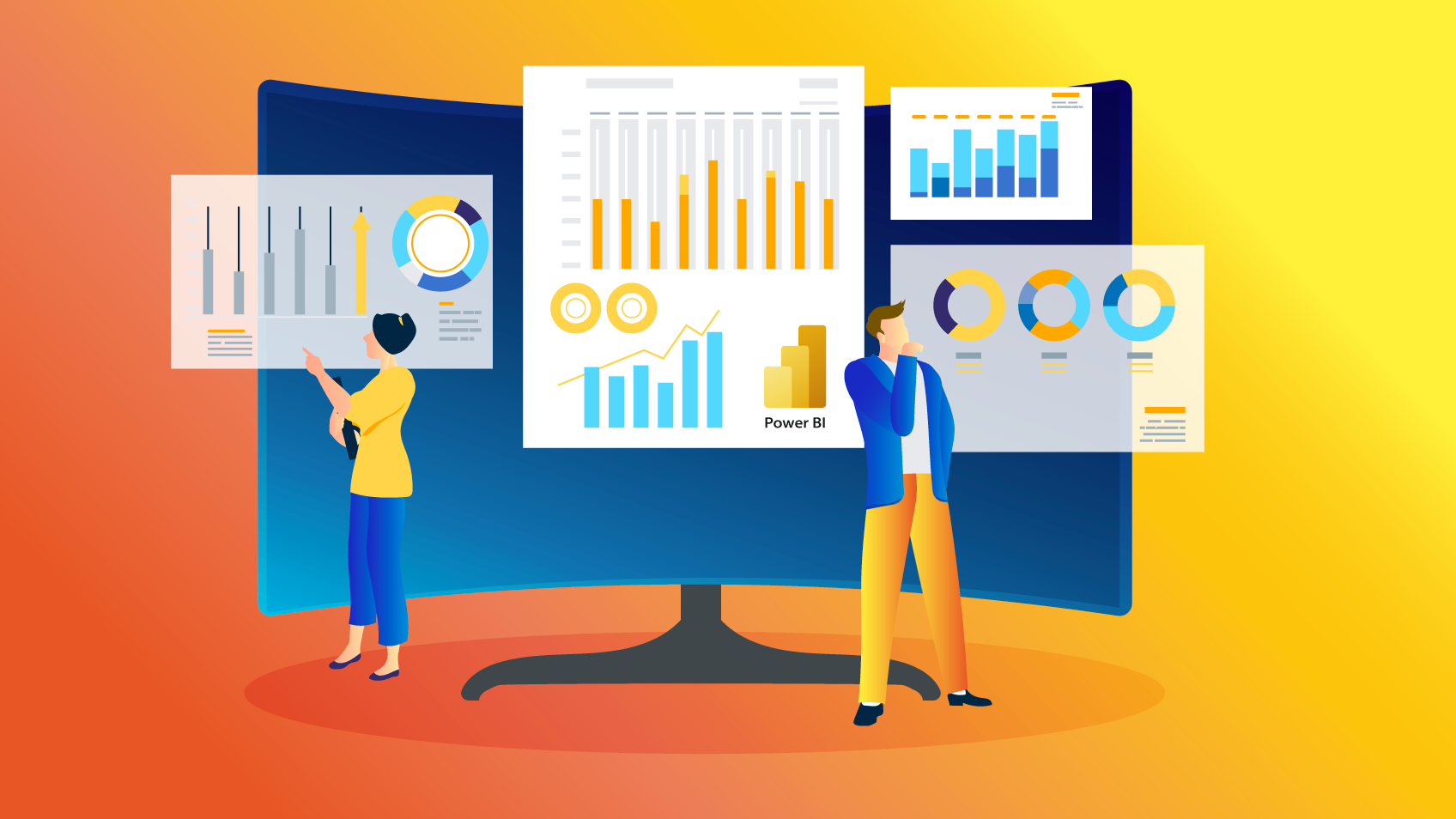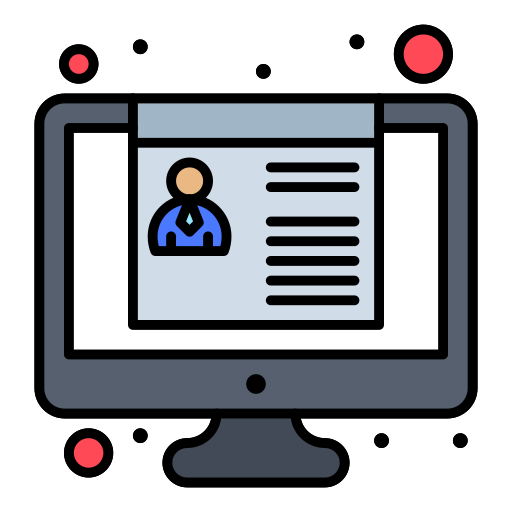Data is the biggest asset in modern business. It has the power to make or break an enterprise. To unlock the full potential of data, companies turn to powerful tools like Power BI and Microsoft Fabric. These platforms are at the heart of business intelligence and, when used in conjunction with Azure Data Factory they become an extremely powerful tool for data analytics and decisions.
Power BI: Your Business Intelligence Companion
Power BI, a product from Microsoft, is a complete business intelligence tool designed to aid organizations in analyzing and share the insights they gain from their data. Users can build interactive dashboards and reports, turning raw data into useful insight.

Power BI can be tailored to your particular requirements, whether you are an entrepreneur or a major company. It seamlessly integrates with different sources of data, making it easier to combine data from different platforms and databases. Its intuitive drag and drop interface allows even non-technical people to design useful reports.
Power BI’s platform allows for real-time data processing. This means that you are always working with accurate data. Power BI provides a variety of tools to present data in an engaging and digestible way. It is important to share and collaborate on reports. This will help improve decision-making in your company and help create a data-driven workplace.
Microsoft Fabric: The Weaving of Data Excel
Microsoft Fabric is an orchestration framework that connects data from Microsoft services. Fabric is the thing that creates a unified entity that is used by businesses.
Microsoft Fabric helps businesses maintain data integrity and consistency while they deal with increasing data volumes. Microsoft Fabric is integrated with a wide range of services from Azure Data Lake Storage, Azure SQL Data Warehouse to Power BI. The interconnectedness of the platform ensures data flow and insights coming from a variety of sources.
Microsoft Fabric’s capabilities to transform data provide a wonderful illustration of its versatility. It can be used to cleanse and prepare data for analysis. It is also possible to use it to ensure data adheres to the policies of your company’s data governance. Microsoft Fabric is the framework that ensures that your data is secure as well as accurate and is ready for analysis.
Azure Data Factory: The Gateway to Data Transformation
Azure Data Factory is another essential component in the modern business intelligence landscape. This cloud-based service enables you to manage and schedule data-driven processes. Through orchestrating data movement and transform data, Azure Data Factory paves the way for valuable insight.
One of the key strengths of Azure Data Factory is its flexibility in connecting to different data sources. It doesn’t matter whether your data is hosted in the cloud or on premises You can connect it easily to provide a comprehensive overview of your data’s ecosystem. The platform is able to handle batch processing as well as real-time data streams and analytics based on big data, which makes it suited to a range of scenarios.
Azure Data Factory provides a visual interface to simplify the process of creating data pipes. Even if you’re not a programmer It is simple to build an agenda, plan and manage data pipelines. This lets business users make decisions about their data integration processes, and opens the door to self-service data preparation.
Power BI with Microsoft Fabric, Azure Data Factory, and Power BI
When Power BI, Microsoft Fabric, and Azure Data Factory come together in a dynamo trio that could revolutionize your data analytics efforts. Let’s see how they work:
1. Data Integration: Azure Data Factory is able to connect with numerous data sources. This means that all your data are available. Microsoft Fabric orchestrates the data of various services with this data integration feature. It ensures your data is well-organized, clean and is ready for analysis using Power BI.
2. Data Transformation: Microsoft Fabric plays a vital role in data transformation, allowing you to shape your data to meet your analytical needs. Fabric is a powerful tool to transform data cleaning, data cleansing and data wrangling.
3. Power BI is able to be a part of your data after it has been prepared and refined. Power BI enables you to make visually appealing reports and dashboards that make difficult data easy to comprehend. It allows you to share your insights with your team, to encourage data-driven decision-making.
4. Scalability: Azure Data Factory scales seamlessly to handle growing amounts of data. Additionally, the power of Power BI and Microsoft Fabric ensures that your data remains reliable and consistent when your business grows.
5. Power BI and Azure Data Factory offer real-time insights which can be vital to make quick decisions.
Conclusion
The world of business intelligence is rapidly changing, and to stay competitive, companies must harness the power of data. Power BI, Microsoft Fabric and Azure Data Factory offer a powerful combination that can propel your business intelligence efforts to new heights. This trio will help you create stunning visuals, keep the consistency of your data, or simplify the data flow. Unlock your data’s potential by utilizing business intelligence.
